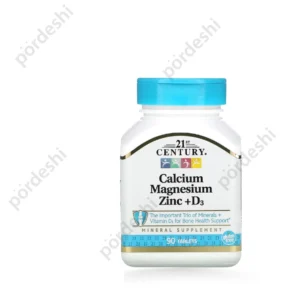

Ethyl Chloride Spray
1,600.00৳ Original price was: 1,600.00৳.1,544.00৳Current price is: 1,544.00৳.
Key points: Ethyl Chloride Spray 100ml
- Convenient and effective: the ethyl chloride spray walter ritter comes in a handy spray tin, making it easy to apply onto the skin for local anesthesia.
- Reliable quality: our spray contains 100 ml of a clear, colourless, liquefied gas that meets the quality requirements of BP and USP standards.
- Instant pain relief: by spraying the ethyl chloride onto the skin, it evaporates and creates a cold sensation, effectively numbing the area and providing relief from pain.
- Versatile use: whether you need it for medical procedures, minor surgeries, or tattooing sessions, ethyl chloride spray walter ritter is suitable for various indications.
- Safe and unbreakable: unlike glass bottles or ampoules, our spray tin is unbreakable and has a flat bottom, ensuring easy handling and minimizing the risk of accidents.
- Precise application: thanks to the spraying head, our ethylchloride spray walter ritter delivers a point-shaped stream that allows for optimal and accurate application.
- No harmful propellants: our spray tin does not contain any propellant, making it environmentally friendly and safe for both users and the surroundings.
| Weight | .2 g |
|---|---|
| Dimensions | 27 × 32 × 3.5 cm |
| Brand |
No Brand |
| Country from |
Malaysian |
| Warranty |
N/A |
In stock
100% Authentic &
Money back guarantee
Best Customer support
In Dhaka city Delivery fee: 79 taka
Out of Dhaka Delivery fee: 119 taka

Cash on
Delivery &
Secured Payments

100%
Privacy
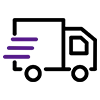
Faster
Delivery

Easy Return Policy
01820234026
Ethyl Chloride Spray 100ml
Gebauer’s Ethyl Chloride is a topical anesthetic skin refrigerant commonly used in medical practices and sports medicine. With a simple and convenient spray application, this product provides temporary pain relief for various conditions.
Ethyl chloride is particularly effective in treating pain caused by active, irritated trigger points. These tender areas in the muscles can be stimulated due to overuse, injury, or muscle tension. By applying Gebauer’s Ethyl Chloride directly to the affected muscles it helps numb the area and provides temporary relief from pain.
However, it is important to take certain precautions when using this product. To ensure safety, the patient’s eyes, nose, and mouth should be covered before applying the spray. Additionally, the bottle should be held inverted to achieve optimal spray pattern and coverage. It is recommended to hold the bottle about 8-23 centimeters from the skin and spray in a sweeping motion.
Gebauer’s Ethyl Chloride should be used as directed by a healthcare professional. It is not recommended for use on hot surfaces or with electrical equipment. Certain individuals, such as those with a history of allergic reactions or specific medical conditions, should consult with their healthcare provider before use.
In conclusion, Gebauer’s Ethyl Chloride is a topical anesthetic that provides temporary pain relief for active, irritated trigger points. Its quick and easy spray application makes it a popular choice for healthcare professionals and athletes alike. By following the necessary precautions, users can safely and effectively manage pain caused by trigger points.
How to use Ethyl Chloride Spray, Non-Aerosol
When using Ethyl Chloride Spray, Non-Aerosol, it is crucial to follow the correct application method and safety precautions. Firstly, ensure that the area being treated is clean and dry, and avoid application on broken skin or mucous membranes. This will help prevent any adverse effects.
To apply the medication, hold the bottle approximately 8-23 centimeters away from the skin. In a sweeping motion, spray the affected area for a duration as directed by a healthcare professional. This will help ensure optimal coverage and effectiveness.
It is important to note that Ethyl Spray should not be sprayed directly into the eyes, nose, or mouth. Take necessary precautions to cover these areas before applying the spray.
Furthermore, it is crucial to keep Ethyl Spray away from open flames or electrical equipment, as it is highly flammable. Ensure a safe environment free from any potential hazards.
It is commonly used for injection and surgical sites, as well as for relieving deep muscle pain. It provides temporary relief from pain and discomfort, making it a beneficial option for healthcare professionals and individuals experiencing such conditions.
Always consult with a healthcare professional before using Ethyl Chloride Spray or non-aerosol, especially if you have a history of allergic reactions or specific medical conditions. Follow and adhere to the instructions provided by your healthcare provider to ensure safe and effective use.
SIDE EFFECTS
while providing temporary relief from pain and discomfort may also come with certain side effects. It is important to be aware of these potential effects before using the spray.
Common side effects of this Spray include skin irritation, redness, and a burning or stinging sensation at the application site. These symptoms are typically mild and resolve on their own over time.
Although rare, serious side effects can occur with the use of Chloride Spray. Cutaneous sensitization, where the skin becomes overly sensitive or allergic to the spray, can occur in some individuals. Additionally, freezing caused by the spray can occasionally lead to alterations in skin pigmentation.
If any adverse effects are experienced after using this, it is important to seek medical advice. Healthcare providers or medical professionals can guide how to manage or alleviate any discomfort caused by the spray. They can also determine if alternative pain relief options should be considered.
In conclusion, while It is an effective anesthetic skin refrigerant for pain control, it is important to be aware of the potential side effects, both common and serious. By following the proper application techniques and seeking medical advice if any adverse effects occur, individuals can safely benefit from the pain-relieving properties of this Chloride Spray.
WARNINGS
1. Skin Absorption: It is meant for topical application only. It should not be applied to broken or irritated skin, as it can be absorbed into the bloodstream and cause systemic effects. Care should be taken to avoid contact with mucous membranes, eyes, and open wounds.
2. Liver and Kidney Damage: Prolonged or excessive use of this spray may result in liver and kidney damage. It is important to adhere to the recommended dosage and frequency of use to minimize the risk of these adverse effects.
3. Cancer-Causing Chemical: It is considered a carcinogen, as it contains a chemical known to cause cancer. Long-term exposure to ethyl chloride spray should be avoided, and any unusual growths, skin changes, or abnormalities should be promptly reported to a healthcare professional.
4. Keep Out of Reach of Children: This spray should be kept securely out of the reach of children. Accidental ingestion or misuse by children can lead to serious complications. If accidental ingestion occurs, it is important to seek immediate medical attention.
It is important to carefully read and follow the instructions provided with the ethyl chloride spray. If there are any concerns or questions regarding the use of this product, it is advisable to consult a healthcare professional or trusted medical practitioner.
How should ethyl chloride be applied?
This spray should be applied in a specific manner to ensure safe and effective use. Here are the recommended steps for applying ethyl spray:
1. Shake the ethyl container well before use to ensure proper mixing of the ingredients.
2. Hold the container approximately 30-46 centimeters (12-18 inches) away from the skin surface to be treated.
3. Press the button or trigger on the container to release a fine mist of one spray.
4. Spray in a sweeping motion across the desired area, moving the container back and forth to distribute the spray evenly. The duration of spraying should be limited to 2-3 seconds per application.
It is crucial to avoid contact with eyes, mucous membranes, and hot surfaces when applying the spray. This is because the spray can cause irritation, discomfort, and potential harm. Additionally, care should be taken to prevent accidental ingestion or inhalation, as this can lead to serious health complications.
While this spray is generally safe when used as directed, there are some potential side effects and precautions to be aware of. These may include skin redness or irritation, allergic reactions, and adverse effects on the liver or kidneys with prolonged or excessive use. If any unusual symptoms or reactions occur after application, it is important to discontinue use and seek medical advice.
In summary, It should be applied from a recommended distance of 30-46 centimeters, with a duration of 2-3 seconds per application. Contact with eyes, mucous membranes, and hot surfaces should be avoided. Potential side effects and precautions should be taken into consideration when using the spray.
What is ethyl chloride used for?
Introduction: It spray is a widely used anesthetic skin refrigerant that provides temporary pain relief during various medical procedures. Healthcare providers and medical professionals commonly employ this topical analgesic for its quick-acting and effective numbing properties. It is typically utilized to minimize discomfort during minor surgical procedures, such as muscle stretching techniques or injections. However, it is important to use this properly and be aware of potential side effects and precautions. In this article, we will explore the various uses of ethyl spray and provide guidelines for its safe and effective application.
How to remove Bandage adhesive from Skin?
Bandages are commonly used in the medical industry to cover wounds or protect injured body parts. However, removing the adhesive from the skin can sometimes be challenging. To effectively remove bandage adhesive from the skin, follow these simple steps:
1. Gather the necessary supplies: You will need a clean cloth, warm water, mild soap, and a towel.
2. Start by gently peeling off the bandage: Slowly lift one corner of the bandage and carefully peel it back parallel to the skin. If you experience resistance, stop and proceed to the next step.
3. Apply warm water and mild soap: Wet the clean cloth with warm water and add a small amount of mild soap. Gently rub the adhesive residue with the cloth in a circular motion. Avoid scrubbing too hard to prevent skin irritation.
4. Rinse the area: Once the adhesive is removed, rinse the skin with warm water to remove any soap residue.
5. Dry the skin: Pat the area dry with a clean towel. Avoid rubbing, as it can cause skin irritation.
In addition to traditional bandages, adhesive or liquid bandages are also commonly used to cover wounds. These types of bandages offer a waterproof barrier and aid in wound healing. When applying adhesive or liquid bandages, follow the manufacturer’s instructions carefully to ensure proper application and maximum effectiveness in protecting the wound.
Properly removing bandage adhesive from the skin is essential for maintaining healthy skin and preventing irritation. By following these step-by-step instructions, you can safely and effectively remove bandage adhesive from the skin in the medical industry.
How to Treat Burn Wounds?
Burn wounds can vary in severity and require appropriate treatment to promote healing and prevent complications. The type of treatment for burn wounds depends on various factors, including the depth of damage in the skin.
Superficial burns, also known as first-degree burns, affect the outer layer of the skin and can generally be treated with home remedies like cooling the area with cold water and applying aloe vera gel or a mild moisturizer. However, it is still essential to consult a healthcare professional for accurate assessment and guidance.
Partial-thickness burns, known as second-degree burns, affect deeper layers of the skin. These burns may require specialized wound dressings, such as hydrocolloids or silicone sheets, to promote healing and protect the affected area from infection. In some cases, healthcare professionals may recommend the use of topical antimicrobial creams or ointments.
Full-thickness burns, also called third-degree burns, penetrate through all layers of the skin and often require medical intervention. These burns typically require surgical procedures like skin grafts or advanced wound dressings that facilitate the growth of new tissue.
It is crucial to consult with a healthcare professional for proper assessment and treatment recommendations based on the specific characteristics of the burn wound. They can provide appropriate wound care instructions and determine if additional treatments, such as physical therapy or rehabilitation, may be necessary for optimal recovery.
In summary, treating burn wounds requires careful assessment by a healthcare professional to determine the severity and appropriate treatment approach. Adhering to their guidance, including the use of proper wound dressings, can aid in the healing process and minimize complications.
Dhaka City 69 taka (Delivery Within 24-72 hours)
Dhaka District 99/- Taka Delivery time 2 to 3 days
Whole Bangladesh 139/- Taka 3 to 5 days



 Hair Care
Hair Care
 Vibrating Rings
Vibrating Rings

 Oral Care
Oral Care
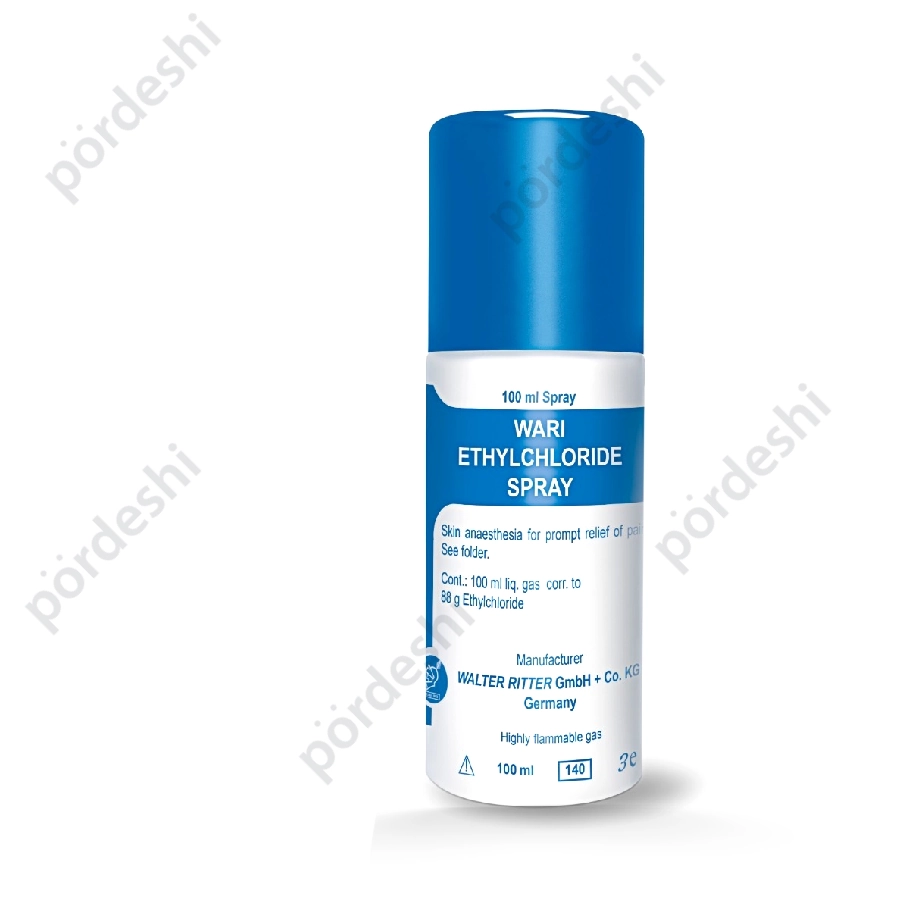

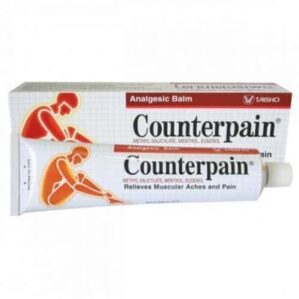
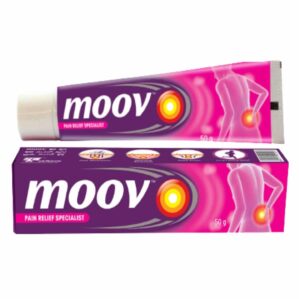
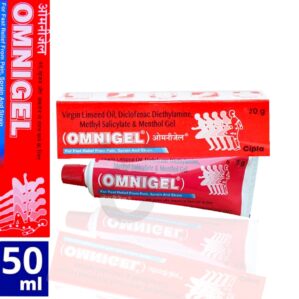

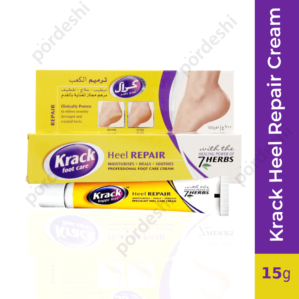
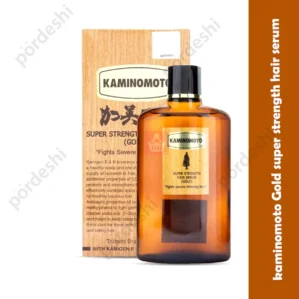
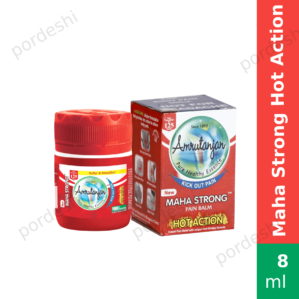
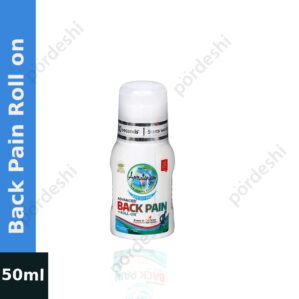
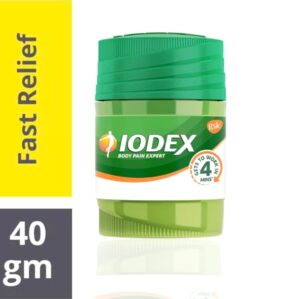

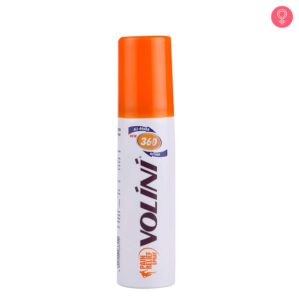
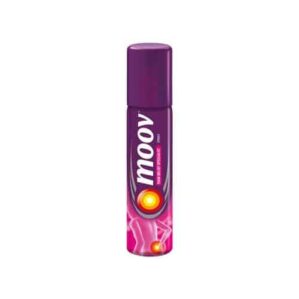
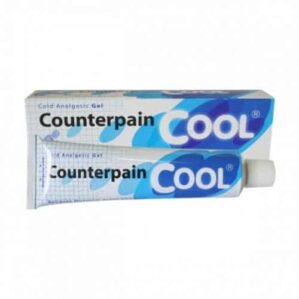
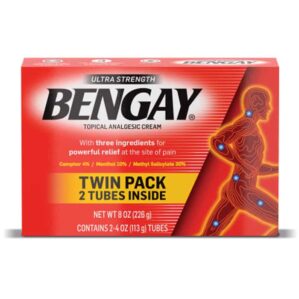
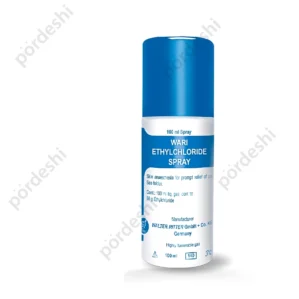

Reviews
There are no reviews yet.